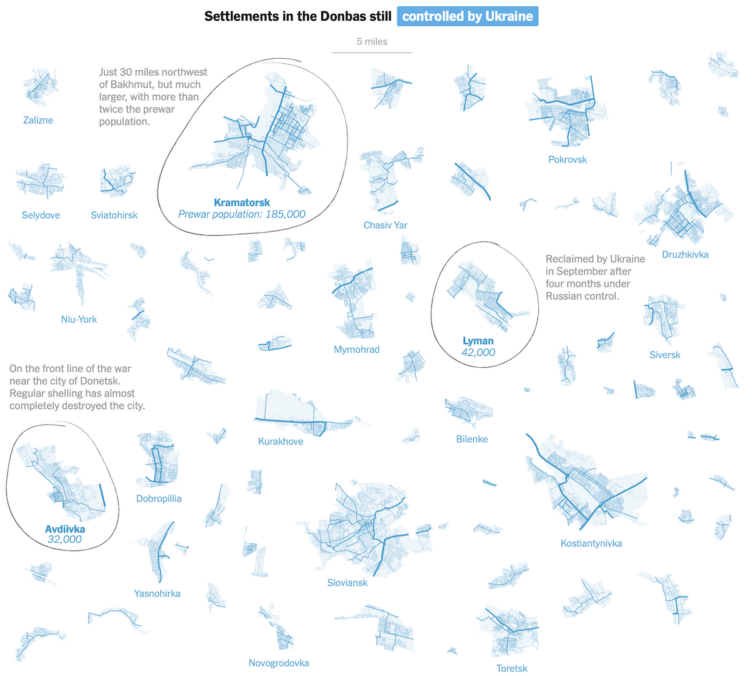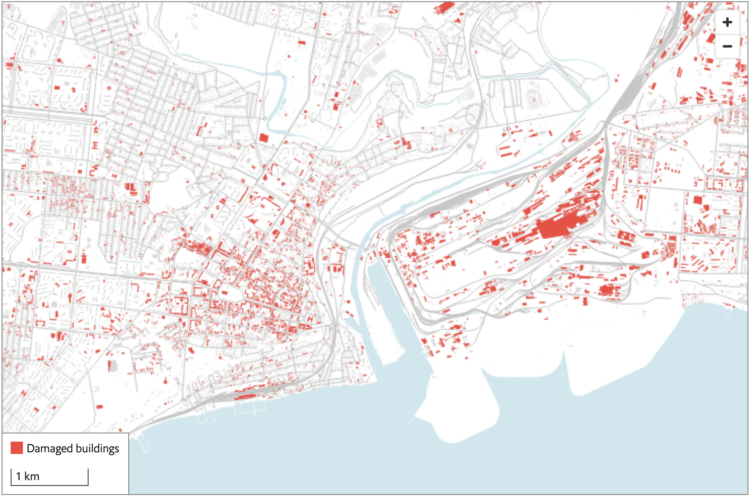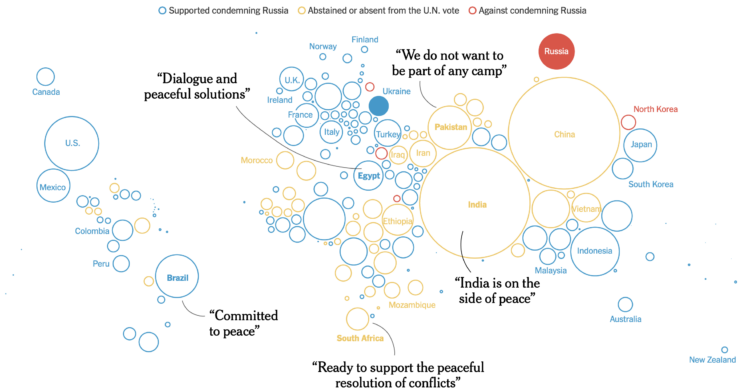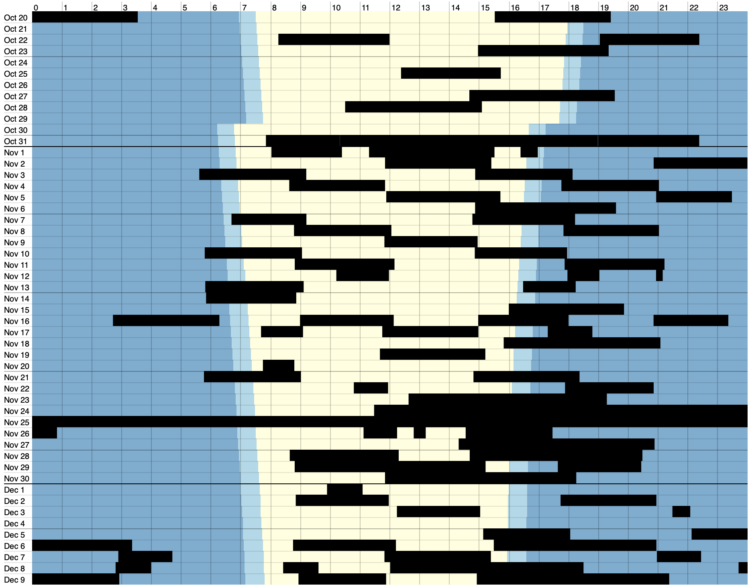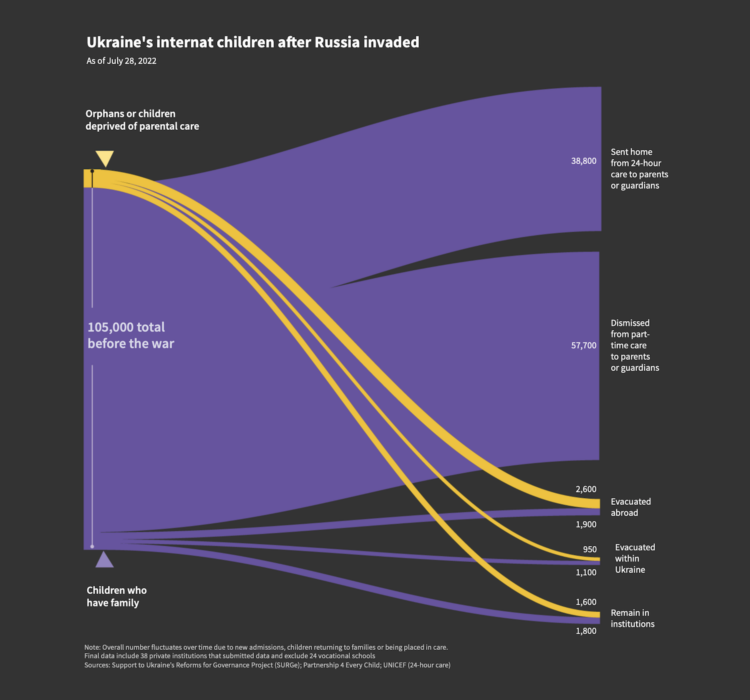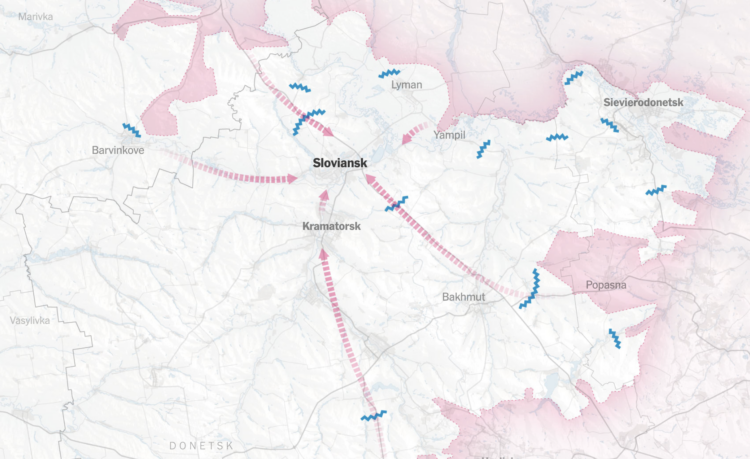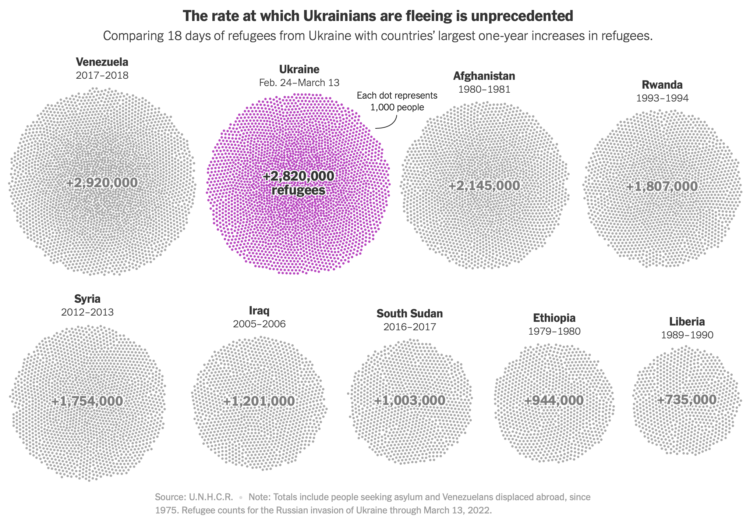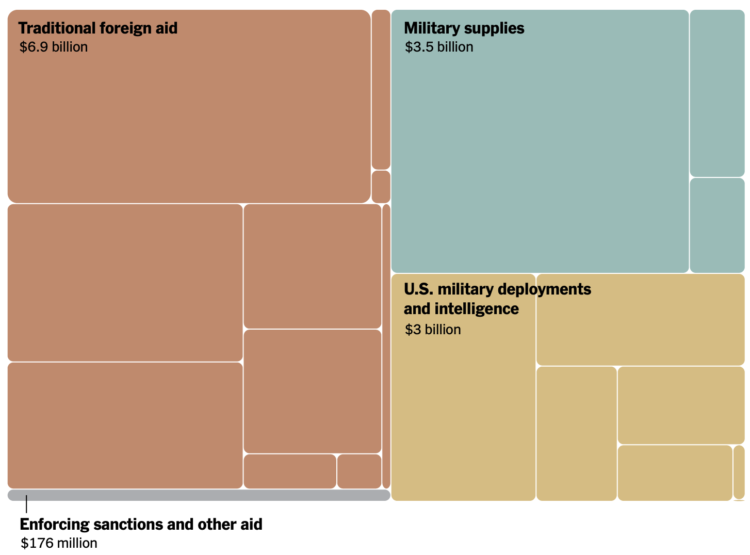
In June 2023, the first Ukrainian cohort began the Global Laboratory Leadership Programme (GLLP), a comprehensive competency-based systems-focused laboratory leadership program. Twelve participants and seven national mentors representing human health, animal health and food safety sectors traveled from Ukraine to Krakow, Poland where they engaged in learning sessions on general management, financial management, human resource management, laboratory information systems and quality management systems.
The GLLP was developed by six international partners: APHL, the US Centers for Disease Control and Prevention (CDC), the European Centre for Disease Prevention and Control, the Food and Agricultural Organization of the United Nations, the World Health Organization (WHO) and the World Organization of Animal Health. The first laboratory leadership program to emphasize a One Health approach, the GLLP combines classroom learning, project-based learning and mentorship as well as the development of a community of practice.
During this cohort’s first workshop, learning sessions were presented by a team of international experts; national mentors attended all program sessions which will allow Ukraine to build a cadre of instructors able to facilitate subsequent GLLP offerings. Each participant was assigned a mentor and together they worked to identify and complete projects based on the workshop session topics.
Despite the on-going challenges caused by the war in Ukraine, the energy and enthusiasm exhibited during the workshop was infectious. Current wartime restrictions prohibit Ukrainian men from leaving the country, so this first cohort included only female participants all of whom exhibited the qualities and characteristics essential for strong leaders.
The second workshop for this cohort was held from September 11-22 in Warsaw, Poland. Between the June and September workshops, the participants began to develop and implement on-the-job projects supporting their laboratory’s human resource capacity or laboratory quality systems. Participants also began developing their capstone projects and will work toward implementation upon conclusion of the program in September 2024. In addition, the GLLP mentors met with participants to provide guidance and support. This cohort will attend two more workshops: one December 2023 and the last in March 2024.
APHL is excited to support this GLLP Ukraine cohort. We are especially eager to see the advancement and accomplishments of these emerging leaders of Ukraine’s laboratory system.
The post First Ukrainian cohort of the Global Laboratory Leadership Programme is underway appeared first on APHL Blog.
